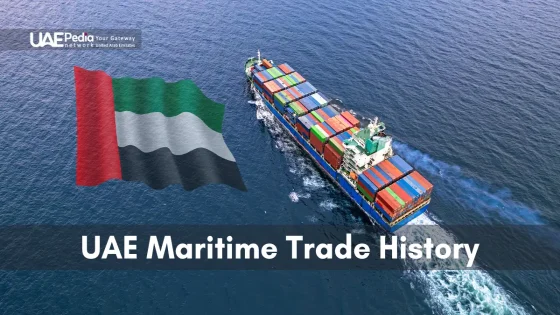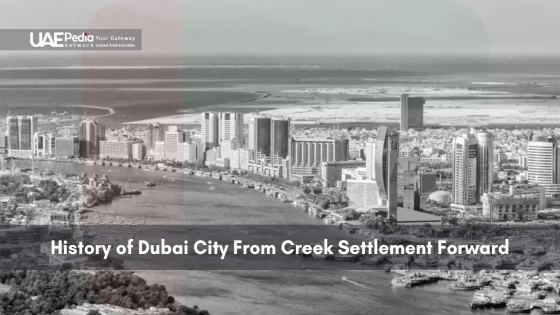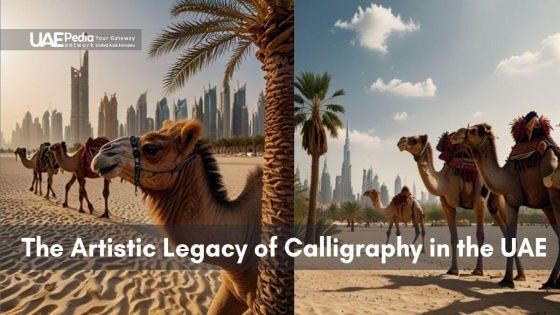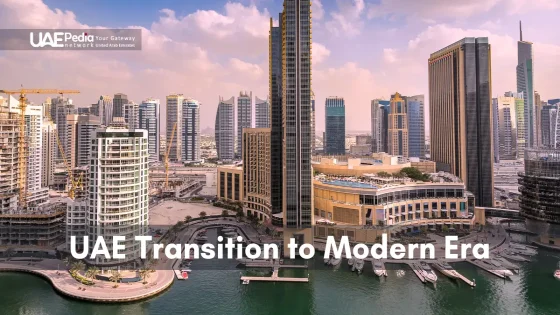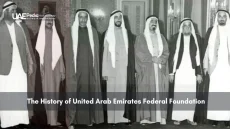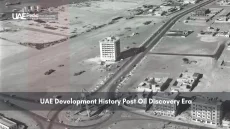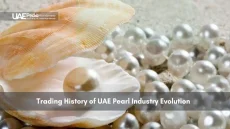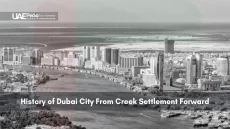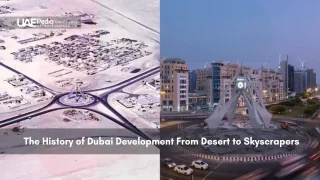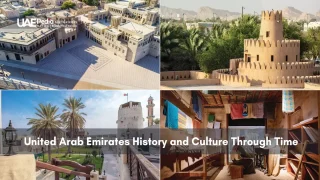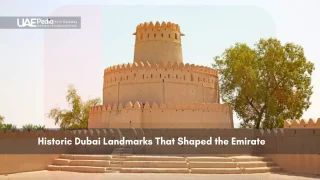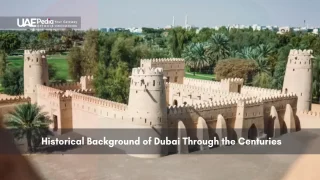Ever wonder how fishing villages became a global economic giant? The UAE’s rich sea history is the key. Pearl diving and dhow trading made the sea vital to Emirati life. Let’s explore how sea trade routes shaped the UAE we know today.
The UAE’s spot on ancient trade routes made it a hub for sea trade. Traditional dhows sailed between the Gulf, India, and Africa. They carried goods like spices, textiles, and metals. This laid the groundwork for the UAE’s wealth and connections.
Did you know pearl diving was key to the UAE’s economy? For ages, Emirati divers dove deep for pearls. This trade brought wealth and fame to the UAE.
As we look back, we see how these old trades grew into today’s ports and shipping. From fishing villages to Jebel Ali, the UAE’s maritime story is one of strength, creativity, and leadership.
UAE Maritime Trade History
The UAE’s rich maritime history spans centuries. It has shaped its economy and culture. The sea has been a lifeline for this desert nation.
Pearl Diving: The Economic Foundation
Pearl diving was once the UAE’s economic backbone. Brave Emirati divers dove deep into the Arabian Gulf for precious pearls. This dangerous yet lucrative trade built strong community bonds and set the stage for future maritime endeavors.
Traditional Dhow Trading Routes
Dhows, sturdy wooden vessels, were the UAE’s maritime trade workhorses. These ships connected the Gulf with India, Africa, and beyond. The art of dhow building, passed down through generations, highlights the UAE’s shipbuilding history.
Evolution of Maritime Commerce
The UAE’s maritime trade has seen huge changes over time. From fishing villages to global hubs, key ports have transformed the nation’s economy. Today, ports like Jebel Ali in Dubai and Khalifa in Abu Dhabi show this growth.
| Era | Primary Trade Goods | Key Ports |
|---|---|---|
| Pre-20th Century | Pearls, Fish, Dates | Dubai Creek, Sharjah |
| Mid-20th Century | Oil, Textiles, Spices | Port Rashid, Mina Zayed |
| 21st Century | Electronics, Vehicles, Machinery | Jebel Ali, Khalifa Port |
The impact of maritime trade on the UAE’s economy is huge. From pearl diving to global logistics, the sea shapes the nation’s prosperity and international connections.
Strategic Geographic Importance in Global Trade
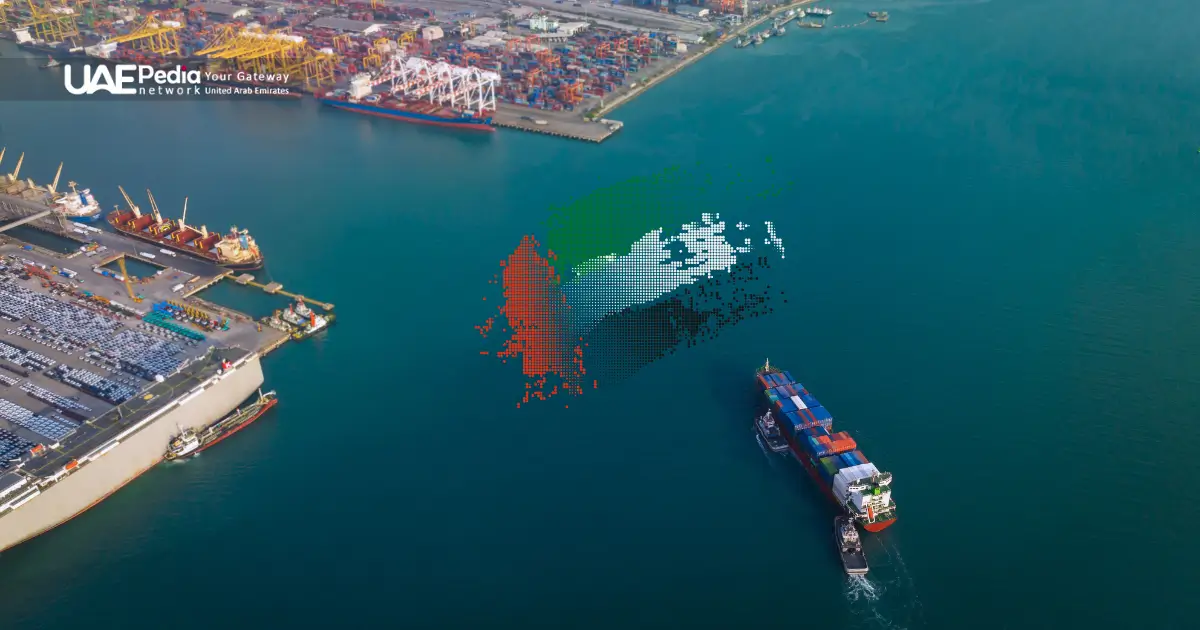
The United Arab Emirates (UAE) is a key player in global trade. It’s located on the Arabian Peninsula, by the Persian Gulf. This spot makes it a bridge between Europe, Asia, and Africa.
This location has helped shape the UAE’s maritime economy. It also helped create important trade partnerships.
Position Between East and West
The UAE has a mix of desert and coast. Its long Persian Gulf shoreline has natural harbors. These have turned into top-notch ports.
This spot makes the UAE a key link between East and West. It helps trade flow smoothly.
Key Trading Partners and Routes
The UAE has strong trade ties with many countries. In 2022, it made big deals with India and Indonesia. Then, in 2023, it agreed to a free trade deal with Israel.
These agreements have made the UAE a major trade center. Its economy is around $500 billion.
Natural Harbors and Port Development
The UAE’s coast has led to major ports. Jebel Ali Port, Khalifa Port, and Port of Fujairah are examples. They are key in global shipping.
These ports have made the UAE a key logistics center. They handle a lot of the world’s sea trade.
The UAE is getting stronger in global Shaping maritime trade. It’s a small Gulf country with big trade power. It connects East and West through its ports and trade routes.
Historic Maritime Infrastructure and Vessels
The UAE’s maritime history is tied to the dhow trade. These boats were key in West Asia and the Middle East for ages. They played a big role in pearl diving and trade.
Dhows show the UAE’s skill in boat-making. They could carry 36 tonnes of cargo. The boats were made with local materials, like 15 tonnes of reeds for waterproofing.
Ports along the UAE coast are vital for its maritime role. Today, the UAE has top-notch ports. This shows how it moved from old ways to a modern logistics leader.
| Year | Global Seaborne Trade Volume | World Container Port Throughput Growth |
|---|---|---|
| 1970 | 2.6 billion tons | N/A |
| 2010 | N/A | Base year |
| 2021 | 11 billion tons | 56% increase |
The UAE’s maritime partnerships have helped its economy grow. These partnerships have boosted trade. Now, developing countries make up 44% of world trade, up from 22% in 1964.
Cultural and Economic Impact of Maritime Heritage
The UAE’s maritime heritage has deeply shaped its culture and economy. From ancient trade routes to modern ports, the sea has been crucial. The decline of maritime trade changed the nation’s focus, but preserving this heritage continues.
Maritime Traditions and Social Structure
Maritime traditions have shaped Emirati social structures. The Al Dhafra Camel Festival shows the importance of traditional practices. It features camel contests, races, and a handicraft market, blending land and sea cultures.
Economic Transformation Through Sea Trade
The evolution of maritime technology has boosted the UAE’s economy. In the early 1900s, Dubai became a free port under Sheikh Maktoum bin Hasher Al Maktoum. This move, along with pearl diving in the 19th century, changed Dubai’s economy. The discovery of oil in the 1960s sped up modernization and infrastructure growth.
Preservation of Maritime Heritage
Efforts to preserve the UAE’s maritime heritage are underway. The Al Fahidi Historical Neighborhood in Dubai keeps traditional architecture alive, like wind towers for sailors. Qasr Al Hosn in Abu Dhabi, the oldest stone building, is now a cultural center for maritime history. These efforts keep the UAE’s maritime legacy alive for future generations.
Conclusion
The UAE’s maritime history has greatly shaped its economy. It started with pearl diving and now is a global trade center. The discovery of oil in 1958 changed everything, bringing wealth.
Now, the UAE’s location helps its economy grow. Free zones like Jebel Ali Free Zone attract businesses. The UAE also has top-notch infrastructure and buildings like the Burj Khalifa.
The UAE’s maritime past is still celebrated today. Places like the Louvre Abu Dhabi show its culture. Each emirate adds to the UAE’s rich history and economic Past.
